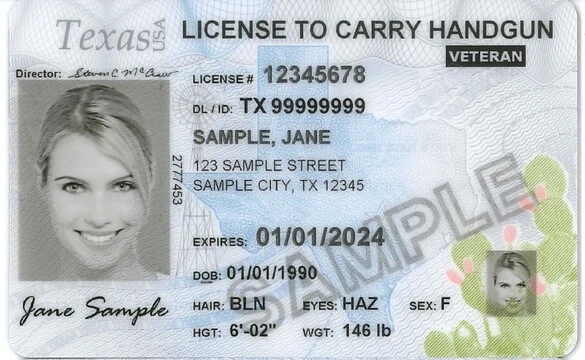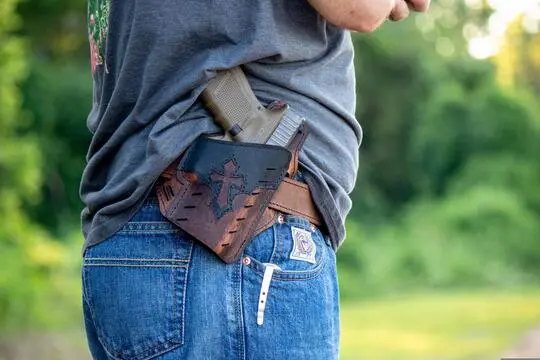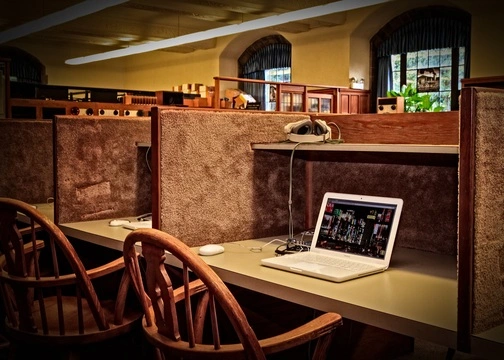Firearms ownership is a significant responsibility that requires proper safety measures to ensure the safety of the owner, those around them, and their property. For Texas License to Carry (LTC) holders, firearm safety is a paramount concern as they carry their firearms outside of their homes. Choosing the right safety equipment and accessories, such as holsters, protective gear, and proper maintenance, can make a significant difference in firearm safety. In this article, we will discuss the importance of safety equipment and accessories for Texas LTC holders.
Choosing the Right Firearm Accessories and Safety Equipment
Firearms accessories and safety equipment vary in function and quality. Before purchasing any equipment, it is essential to research and understand its intended purpose and effectiveness. Some popular firearm accessories include:
Sights
Sights are a vital accessory that helps with accuracy and target acquisition. There are several types of sights, including iron sights, red dot sights, and holographic sights. Each type has its advantages and disadvantages, and it is essential to consider factors such as the intended use of the firearm, budget, and personal preferences when selecting the right sight.
Grips
Grips help with firearm control and recoil management. Different materials and textures are available, and choosing the right grip can improve firearm safety. Consider factors such as grip size, texture, and shape when selecting the right grip.
Lights
Lights are essential for low-light conditions, and they help with target identification and accuracy. Different types of lights are available, including handheld and weapon-mounted lights. Weapon-mounted lights are the preferred option for firearms used for self-defense, and it is essential to select a light that is compatible with the firearm.
The Importance of Using a Reliable Holster to Prevent Accidental Discharges
One of the leading causes of accidental discharges is inadequate holstering of the firearm. A holster is a crucial safety accessory that protects the firearm and prevents unintentional firing. Choosing the right holster is essential for firearm safety.
Types of Holsters
There are several types of holsters, including:
Inside the Waistband (IWB) Holsters
IWB holsters are worn inside the waistband, and they provide excellent concealment. They are ideal for those who carry concealed and require a low-profile holster.
Outside the Waistband (OWB) Holsters
OWB holsters are worn outside the waistband and are ideal for open carry. They are visible, and it is essential to select a holster that provides adequate retention to prevent unauthorized access.
Shoulder Holsters
Shoulder holsters are ideal for those who need to carry for extended periods. They are worn over the shoulder and can be easily concealed under a jacket or coat.
Holster Retention
Retention is an essential feature of a holster that prevents unauthorized access and unintentional firing. Some common retention mechanisms include:
Passive Retention
Passive retention is a holster's ability to hold the firearm in place without any active mechanisms. It is achieved through the shape and fit of the holster.
Active Retention
Active retention is a holster's ability to hold the firearm in place using active mechanisms such as thumb breaks, release buttons, and locking mechanisms.
Protective Gear and Clothing that Enhance Firearm Safety
Protective gear and clothing can enhance firearm safety by providing additional protection and preventing injury. Some popular protective gear and clothing include:
Eye and Ear Protection
Eye and ear protection are essential for shooting. They protect the eyes and ears from the noise and debris generated by shooting. It is essential to select gear that provides adequate protection and fits comfortably.
Body Armor
Body armor is an excellent protective gear that provides additional protection against bullets and other projectiles. It is essential to select body armor that meets the necessary safety standards and provides adequate protection for the intended use.
Clothing
Clothing can also enhance firearm safety. Wearing clothing that fits well and does not interfere with the movement of the firearm can prevent accidents. It is also essential to consider factors such as climate and terrain when selecting the right clothing.
Proper Maintenance and Care of Firearms and Equipment for Optimal Safety
Proper maintenance and care of firearms and equipment are crucial for optimal safety. Neglecting maintenance can lead to malfunctions and accidents. Some essential maintenance practices include:
Cleaning
Cleaning is a crucial maintenance practice that prevents malfunctions and ensures the longevity of the firearm. It is essential to clean the firearm regularly, especially after use, and use the right cleaning tools and solvents.
Lubrication
Lubrication is essential for the proper functioning of the firearm. It prevents wear and tear and reduces friction between moving parts. It is essential to use the right lubricants and apply them in the right amounts.
Inspection
Regular inspection of the firearm and equipment can detect any potential issues before they lead to accidents. It is essential to inspect the firearm and equipment before and after use and address any issues promptly.
Conclusion
Firearm safety is a critical concern for Texas LTC holders, and choosing the right safety equipment and accessories can make a significant difference in safety. Holsters, protective gear, and proper maintenance are all essential components of firearm safety. By selecting the right equipment and practicing proper maintenance, Texas LTC holders can enhance their firearm safety and enjoy the benefits of responsible firearm ownership.




